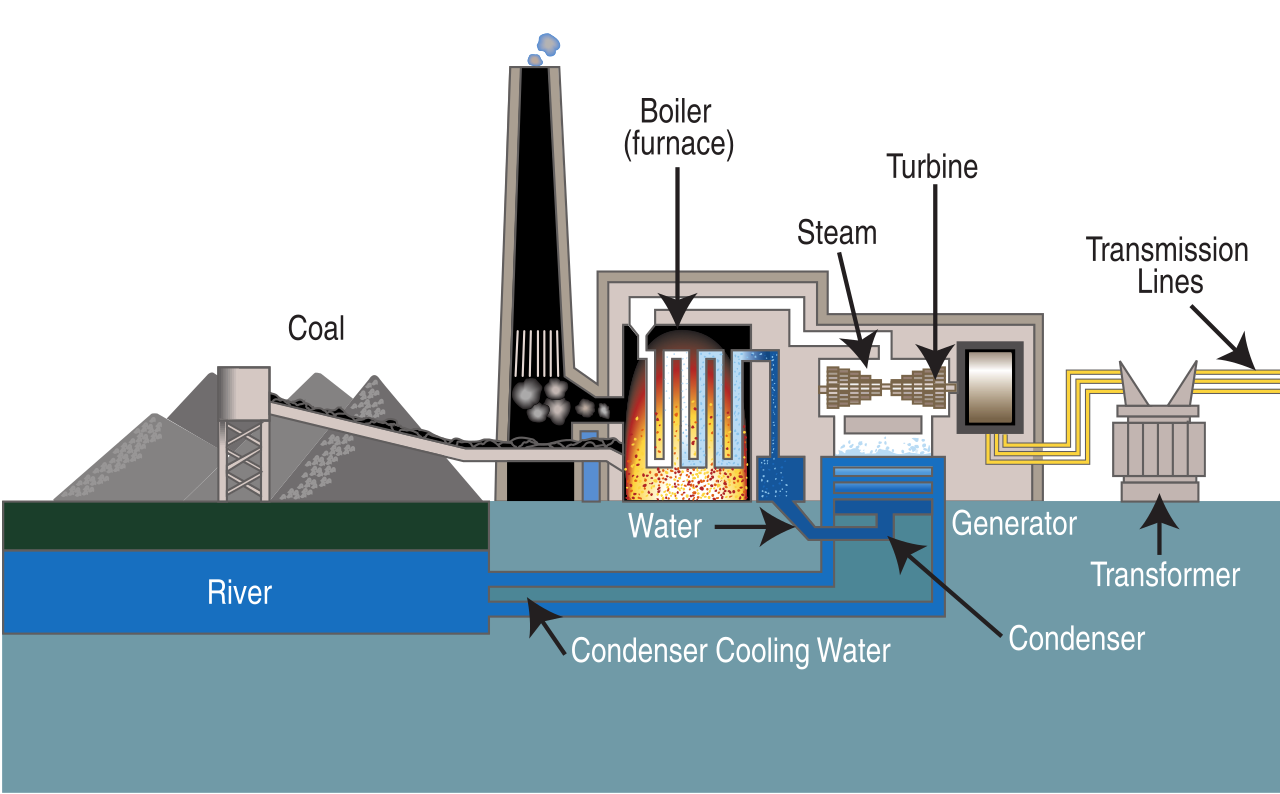- Light Bulb
- Cash Register
- Thermostat
- Steam Turbine
Light Bulb
Before he became an inventor, Thomas Edison saved the life of a three-year-old boy who was about to get run over. The boy’s father got Edison a job at Western Union telegraph company, although he was soon fired for doing experiments on his nightshift; however, the experiments helped him to perfect the phonograph. Edison, with his fame and money from the phonograph, went on to invent other things…
Modified From History Lesson #120
In 1849, Thomas Edison invented the light bulb with money from his phonograph. After a few years of long searches for the right filament for a light bulb, he finally hit on carbon. This was probably one of the most famous inventions in history. Light bulbs are cheap, inexpensive, efficient lighting. They are easy to install. The carbon filament was eventually replaced with the tungsten filament. Edison then began his DC power grid in Manhattan. Then Westinghouse and Edison started the war of currents, and Westinghouse won with AC power. The light bulb is still a symbol of (Edison’s) genus today.
Cash Register
The cash register is a tool that rings a bell whenever the drawer is opened, and records every transaction that takes place. James Ritty invented it when he realized that his employees were stealing from his saloon change drawer. The cash register makes it VERY hard to steal from the drawer. Ritty opened a factory, but was to overwhelmed from running the saloon and factory, so he sold the factory. Later, it became National Cash Register (NCR). NCR had a great marketing campaign of private demonstrations. Cash registers are very helpful tools today.
Bonus Q/A Section!
- What problems did Ritty have with making his cash register successful? He had no marketing campaign, and not enough time with his salon and factory to incorporate one.
- How could Ritty have made his invention a success? He could have closed his salon and devoted his whole time to advertising his cash register.
- Why did NCR succeed where Ritty failed? NCR had more people; NCR had more time. NCR also had a very good marketing strategy, unlike Ritty.
Thermostat
Warren Johnson, a science professor, invented the bi-metallic thermostat in 1883. Bi-metallic means made of two metals. The regulating coil in the bi-metallic thermostat is made of two metals layered on top of each other. When one metal gets warmer, it starts to bend down. Because it is connected to another metal, the whole coil end arches farther up, hitting a switch which turns on or off the furnace/air conditioning. It keeps a room cold in the summer and warm in the winter. It also keeps food cold, and keeps eggs in an incubator warm. Johnson’s company manufactured thermostats, but it also led to the home control industry.
Steam Turbine
In a coal fired power plant, coal burns to heat steam. The steam is pushed through pipes to a turbine. The turbine is mounted to a shaft, which powers a generator, and that creates electricity.
Charles Parsons invented the turbine to more easily power dynamos (direct current generators). Multiple turbines extract all the energy of the steam. This is very efficient. George Westinghouse popularized and scaled up Parsons’ design. Turbines provide most of our power today.
